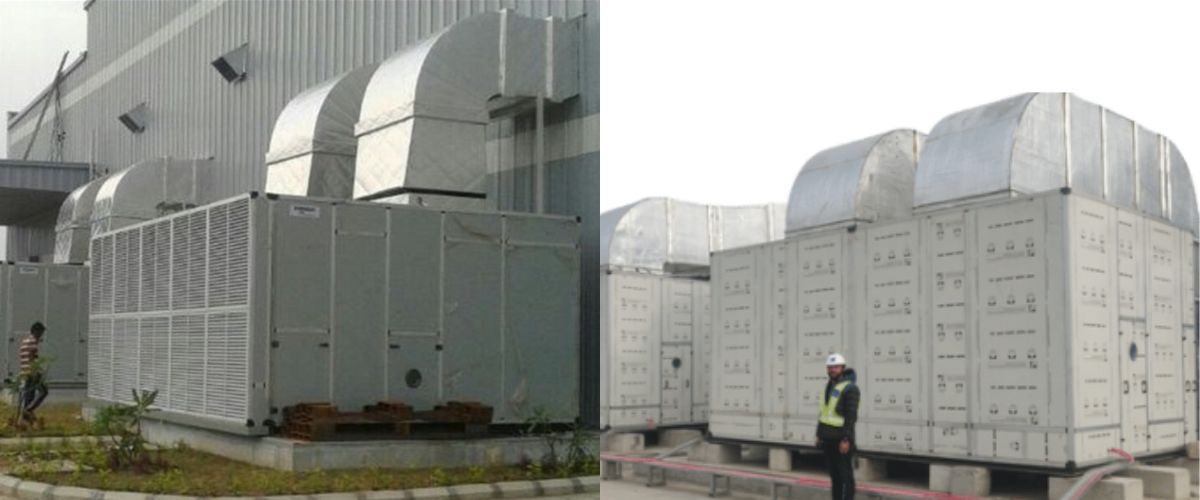
Industrial Ventilation System
Ventilation is the mechanical system in a building that brings in "fresh" outdoor air and removes the "contaminated" indoor air.
In a workplace, ventilation is used to control exposure to airborne contaminants. It is commonly used to remove contaminants such as fumes, dusts, and vapours, in order to provide a healthy and safe working environment. Ventilation can be accomplished by natural means (e.g., opening a window) or mechanical means (e.g., fans or blowers).
Industrial systems are designed to move out (exhaust) and bring in (intake) a specific amount of air at a specific speed (velocity), which results in the removal of undesirable contaminants. While all ventilation systems follow the same basic principles, each system is designed specifically to match to the type of work and the rate of contaminant release at that workplace.
Ventilation is considered an "engineering control" to remove or control contaminants released in indoor work environments. It is one of the preferred ways to control employee exposure to air contaminants.
Other ways to control contaminants include:
- eliminate the use of the hazardous chemical or material,
- substitute with less toxic chemicals,
- process change, or
- work practice change.
There are four purposes of ventilation:
- Provide a continuous supply of fresh outside air.
- Maintain temperature and humidity at comfortable levels.
- Reduce potential fire or explosion hazards.
- Remove or dilute airborne contaminants.
An industrial ventilation system has two main parts: a fresh air supply system and an exhaust system.
In general, the supply system is a heating, ventilation, and air-conditioning system (HVAC) and consists of:
- air inlet,
- air filtering equipment,
- heating/cooling equipment,
- fan,
- ducts,
- air distribution registers.
The exhaust system consists of:
- an "air intake" area,
- ducts to move air from one area to another,
- air cleaning device(s),
- fan(s) to bring in outside air and exhaust the indoor contaminated air, and
- discharge stacks.
The Industrial Ventilation series of documents discusses the elements of the exhaust system.
- AIRWASHER : An air washer is a device for conditioning air. In an air washer air comes in direct contact with a spray of water and there will be an exchange of heat and mass (water vapour) between air and water. The outlet condition of air depends upon the temperature of water sprayed in the air washer.


